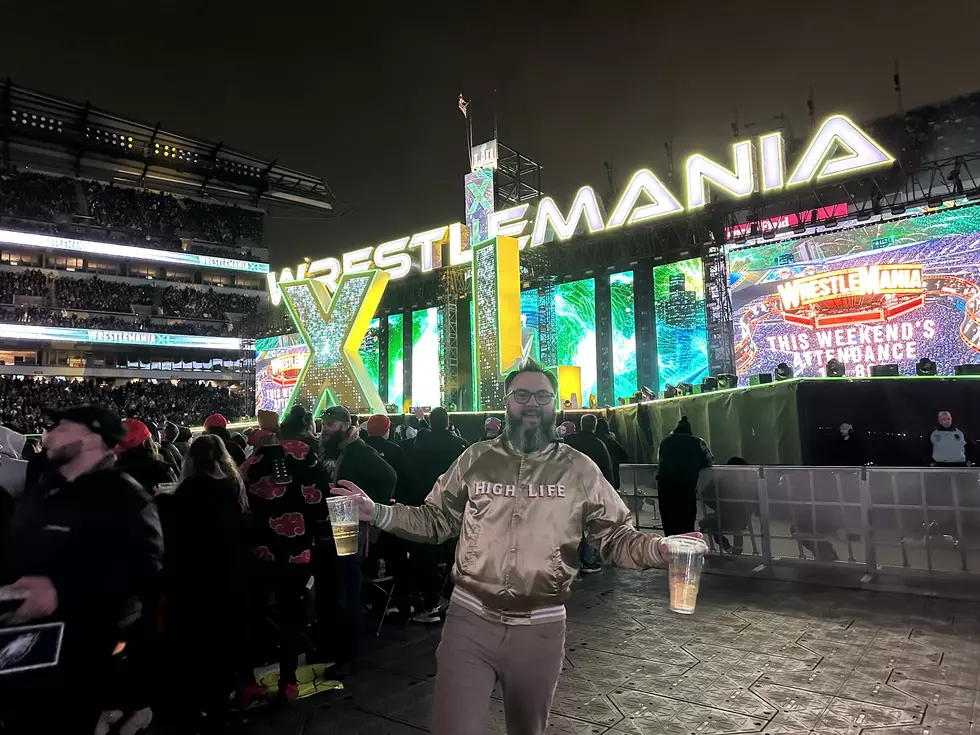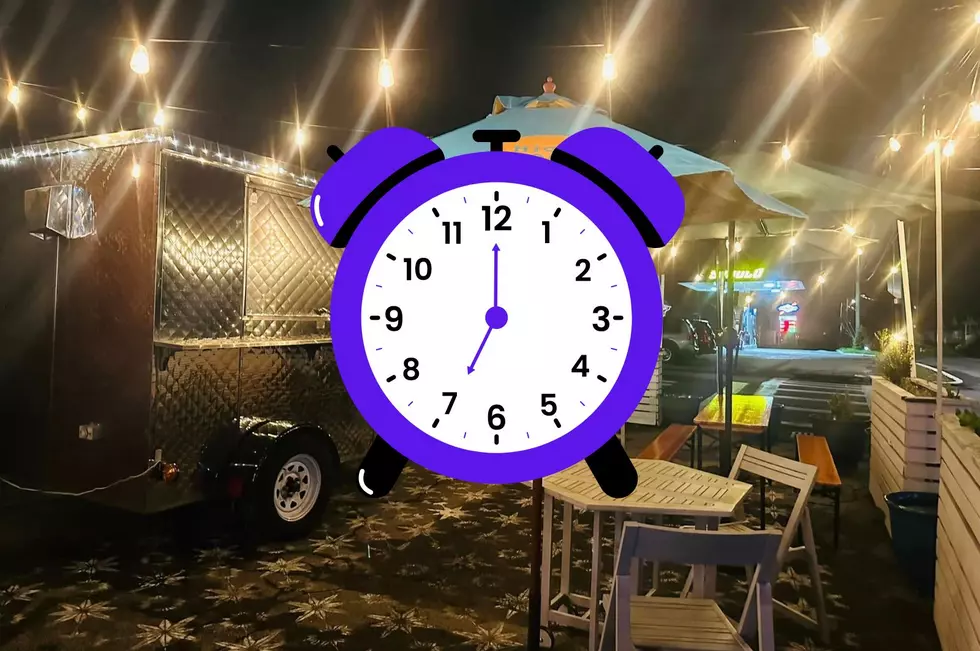
5 Hudson Valley Towns That Used to be Called Something Else
Did your ancestors help play a role in naming a Hudson Valley town?
Some of us who were born in the Hudson Valley may have had ancestors who helped settle the towns that we reside in now. Some towns date back to the early 1600's. Your ancestors could have played a role in how the Hudson Valley was shaped.
The amount of history that lives on in the Hudson Valley is incredible. Every town has a story to tell, whether it's something that is known or hidden.
Here's The 5 Hudson Valley Towns That Used To Be Called Something Else
Rhinebeck, NY
Rhinebeck was once referred to as Kipsbergen. Where Does The Name Kipsbergen Come From?
According to the Museum of Rhinebeck History, there's a deed that showed a transfer of land between individuals. This would have been done between Jacob Kip and Evert Van Wageninge in regards to the "south of the land" and "to the north of the land".
It was not stated how many acres were involved but there's a large amount that was called "Kipsbergen—so named because the Kips (Henry & Jacob) were the only ones of the 5 partners who signed that 1688 deed with the Indians to actually settle there."
With these documents and information provided from the Museum of Rhinebeck History, it seems that, "Henry’s son John, signer of this 1709 deed, thought he was selling property from his father’s estate. It’s likely that John’s sister Catlyntje was getting married to Matthys Sleight, and this deed was a settlement of her portion of the land."
Therefore, Henry and his brother Jacob would each have a piece of this divided land. "Cipsberg" was also known as Kipsbergen.
Sleepy Hollow, NY
Sleepy Hollow was once referred to as North Tarrytown.
Before Sleepy Hollow, NY got it's name, it was referred to as North Tarrytown. In the late 1990's, residents voted for this name change to bring Washington Irving's tale to life. This would then create growth, bring in visitors/tourists and create a well established community.
As of now, thousands of visitors make the trip to Sleepy Hollow. They attend cemetery tours, haunted houses and anything spooky season related during Halloween.
Hurley, NY
A post shared by Buildings of New England (@buildingsofnewengland)
Hurley was once referred to as or Nieuw Dorp. According to the National Park Service, it was also known as New Village. It was then discovered in the 1600's by Dutch and Huguenot settlers.
The National Park Service also stated, "Despite its English name, for the next century and more, Hurley remained a Dutch provincial town—in language, customs, and architecture."
Kingston, NY
A post shared by Kingston Parks and Recreation (@kingstonnyparksandrecreation)
Kingston was once referred to as Wiltwyck.
According to the National Park Service, "With the permission of Dir. Gen. Peter Stuyvesant, the settlers laid out the new town on the fertile bottom land of Esopus Creek."
According to The City of Kingston, Kingston was known as being New York's first capital which took place in 1777. However, it "was burned by the British on October 13, 1777, after the Battles of Saratoga. In the 19th century, the city became an important transport hub after the discovery of natural cement in the region, and had both railroad and canal connections."
New Paltz, NY
View this post on InstagramA post shared by HISTORICAL MARKERS OF AMERICA (@historicalmarkersofamerica)
New Paltz was once referred to as Old Paltz. According to Historic Huguenot Street and New Paltz Town records, this town was founded in the 1600's by French Huguenots.
According to the Town of New Paltz, these Huguenots, " purchased nearly 40,000 acres of land near the Wallkill River from the Esopus, which became known as the "New Paltz Patent."
The stone houses in New Paltz are still standing today. They can be seen in the National Historic Landmark District located along Huguenot Street right in the village of New Paltz.
Which town history do you find most interesting? Share with us below.
Are These the 5 Rudest Hudson Valley Towns?
Have You Been To FDR's Cousin's House in Rhinebeck, NY?
More From WRRV-WRRB








